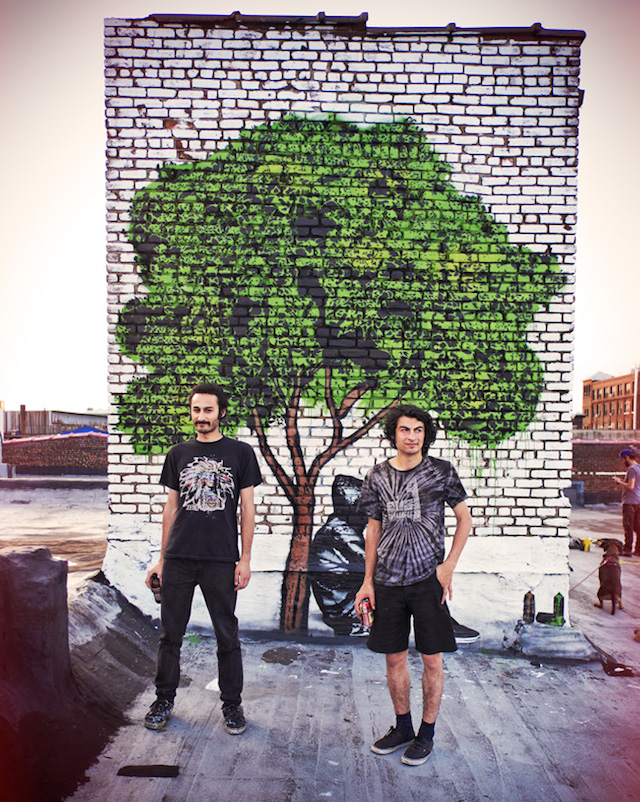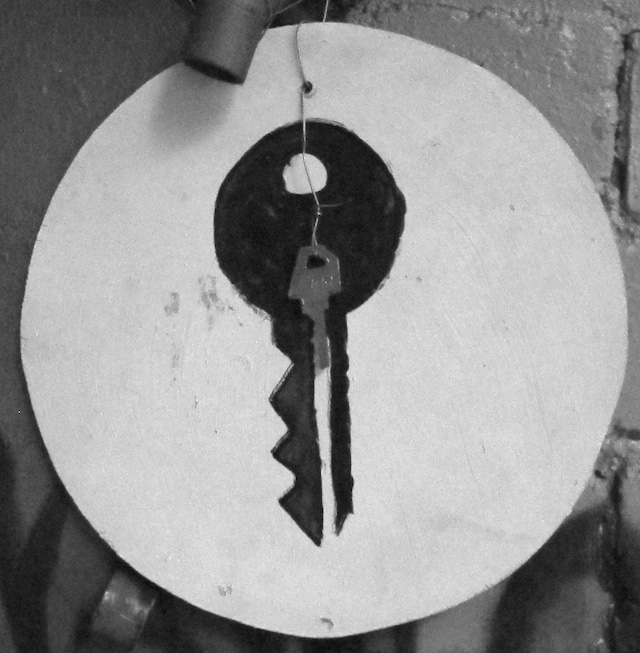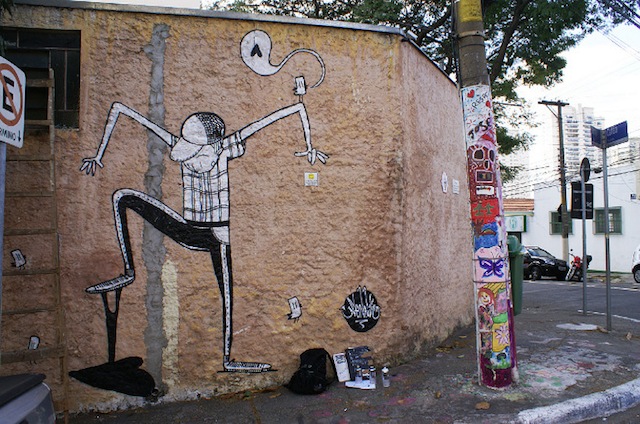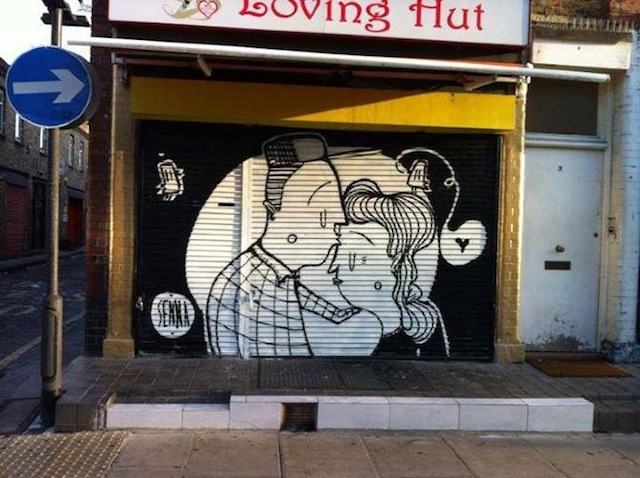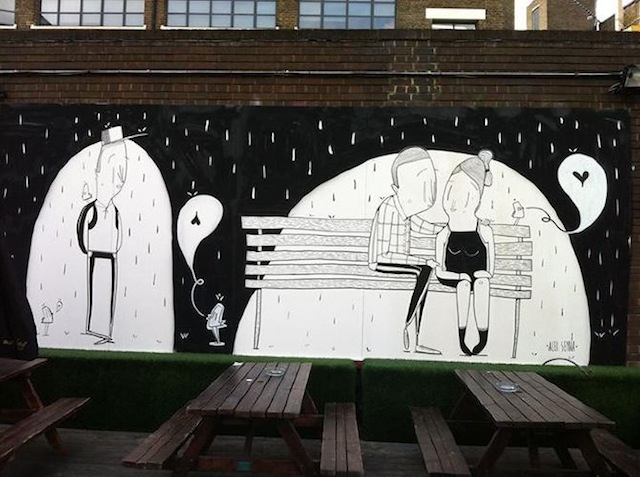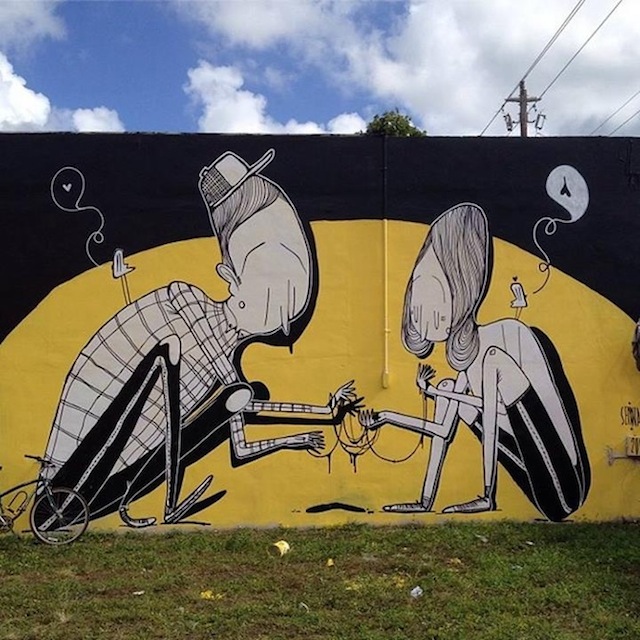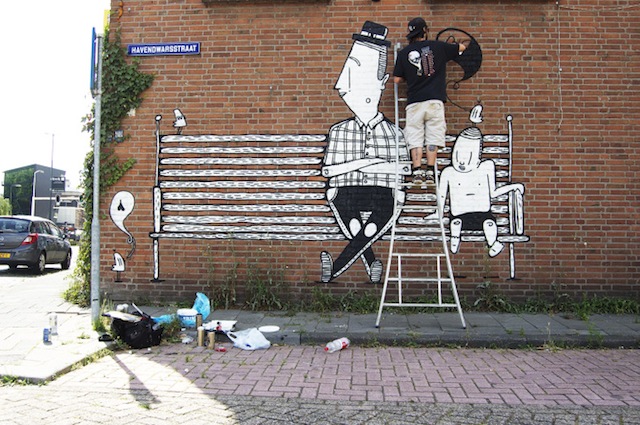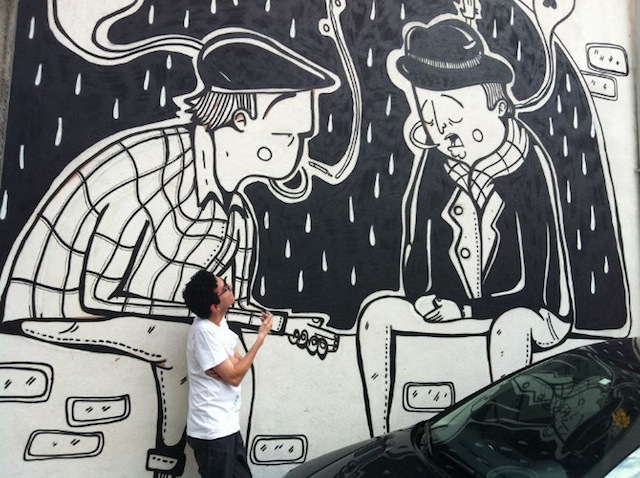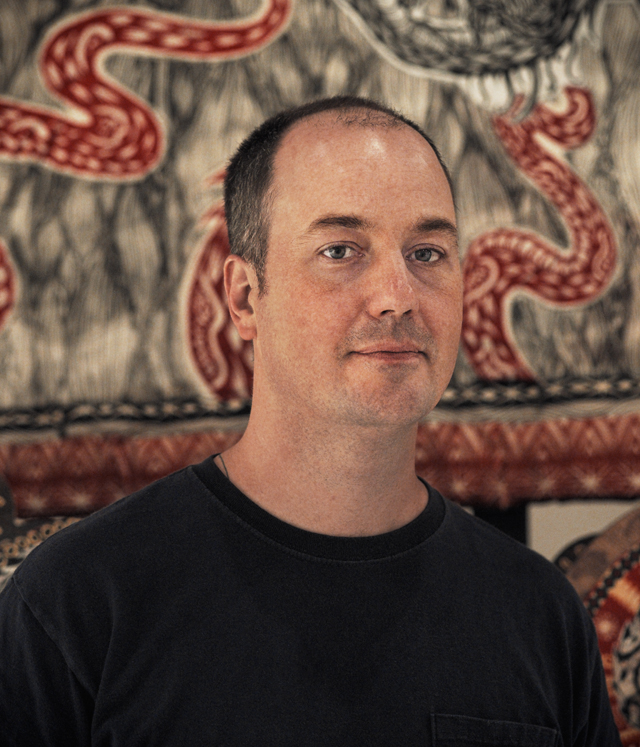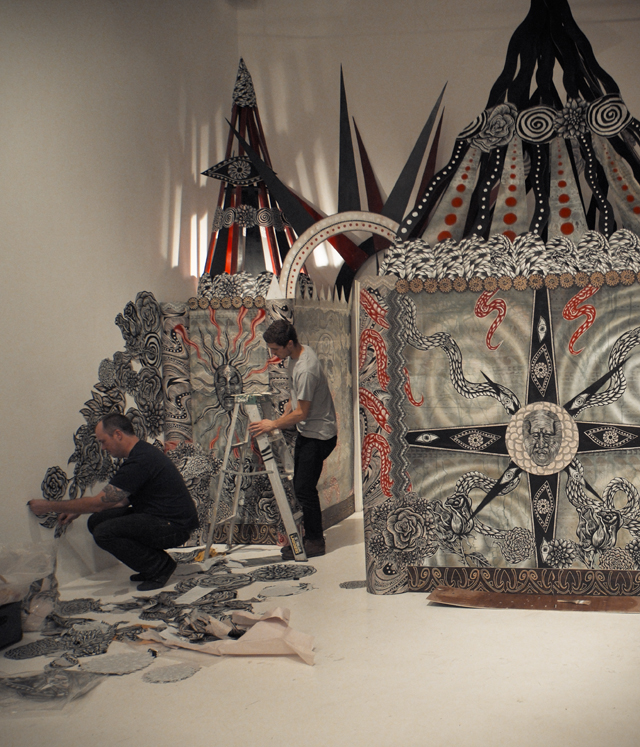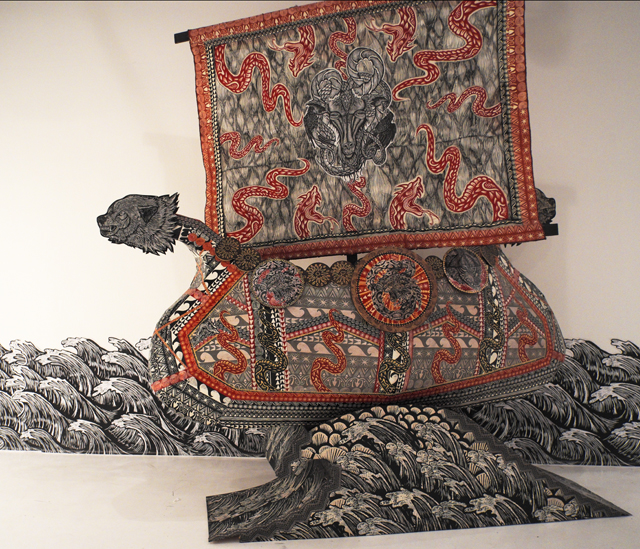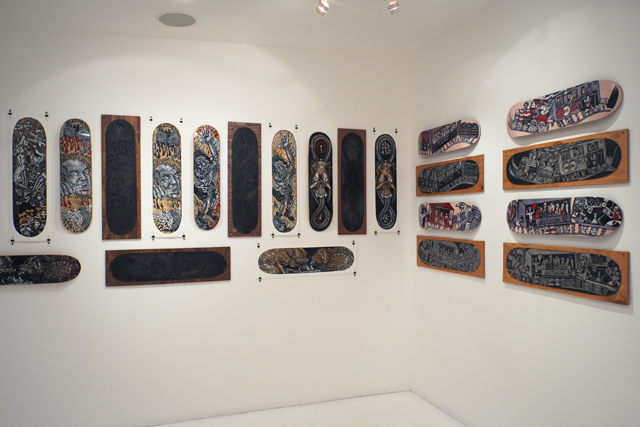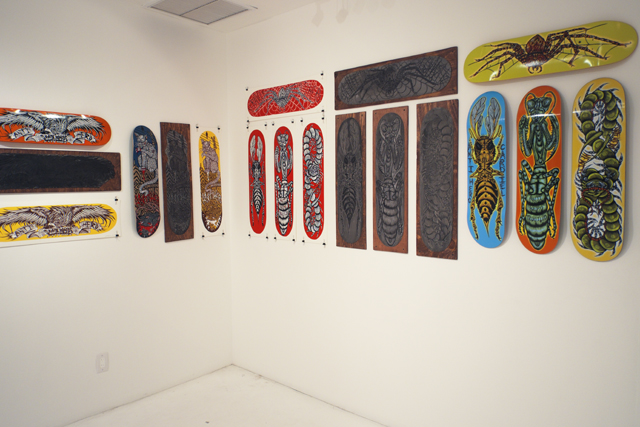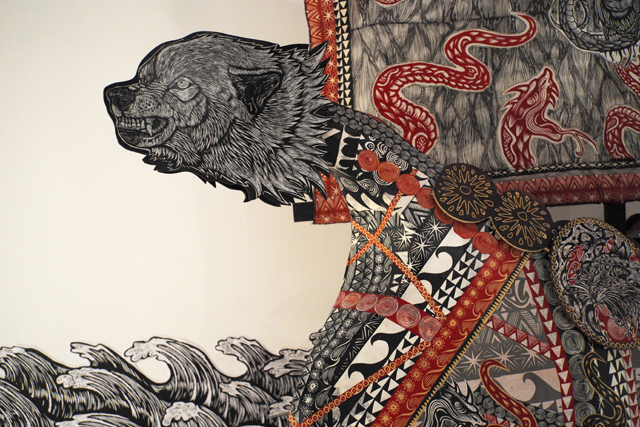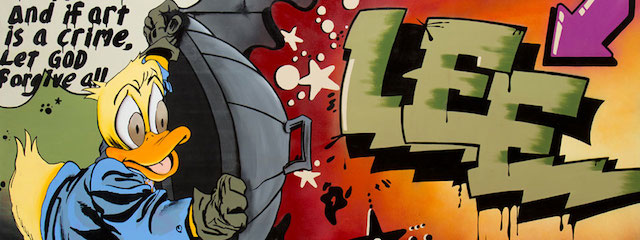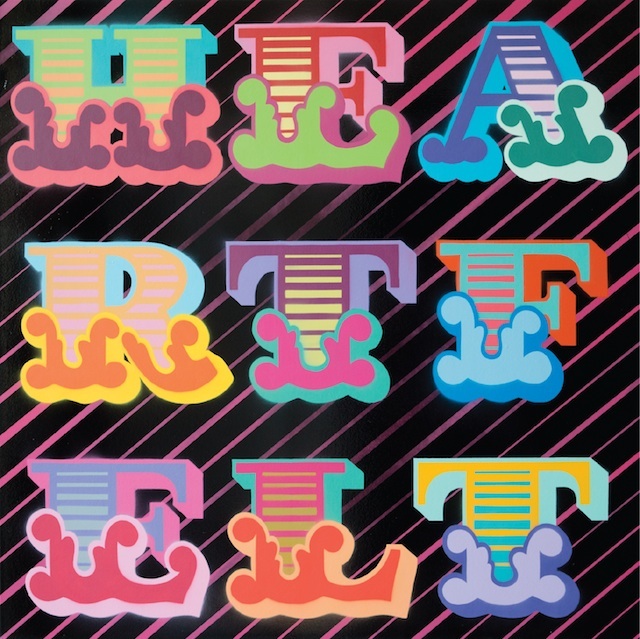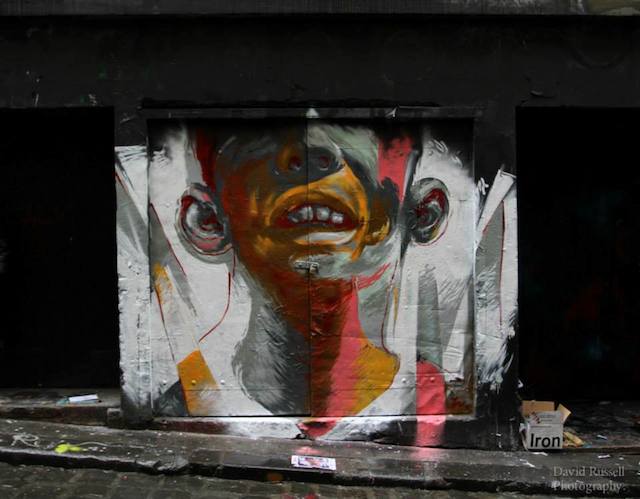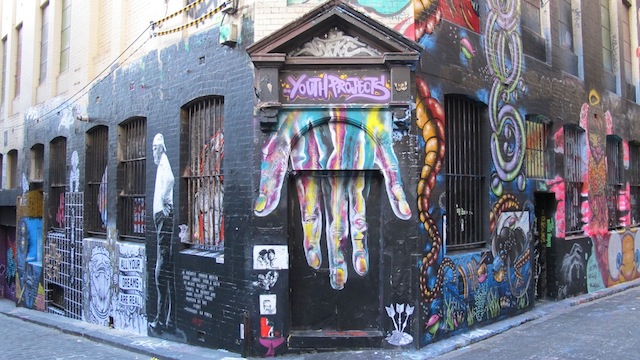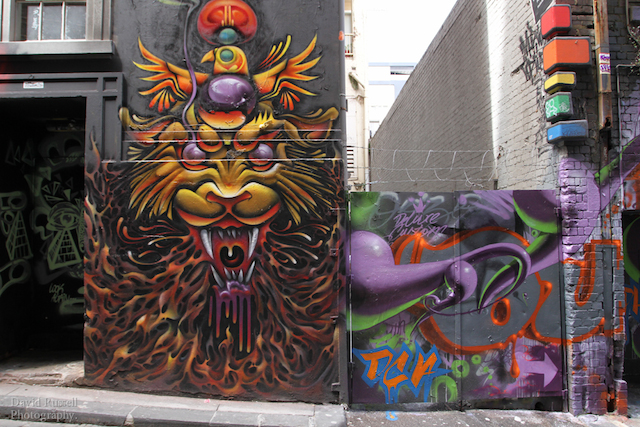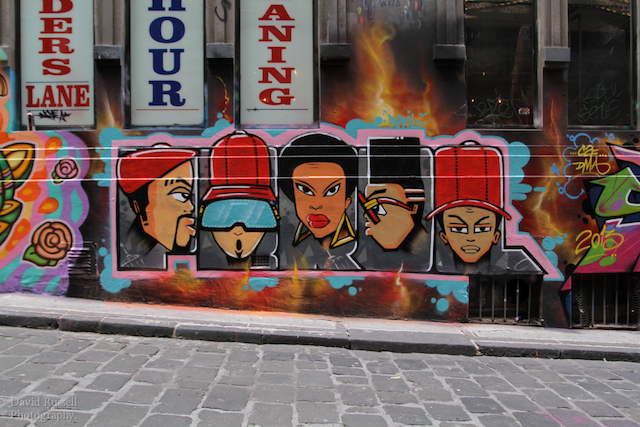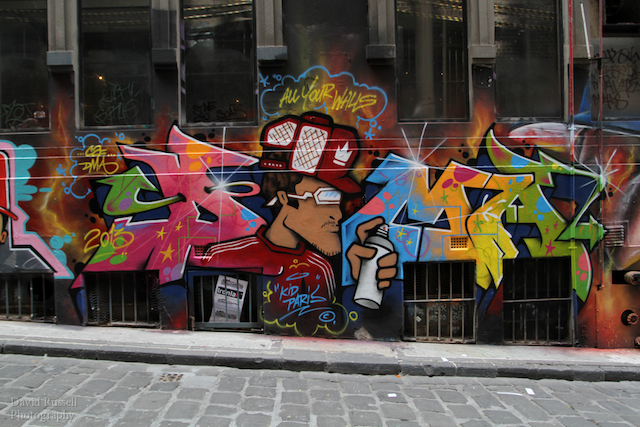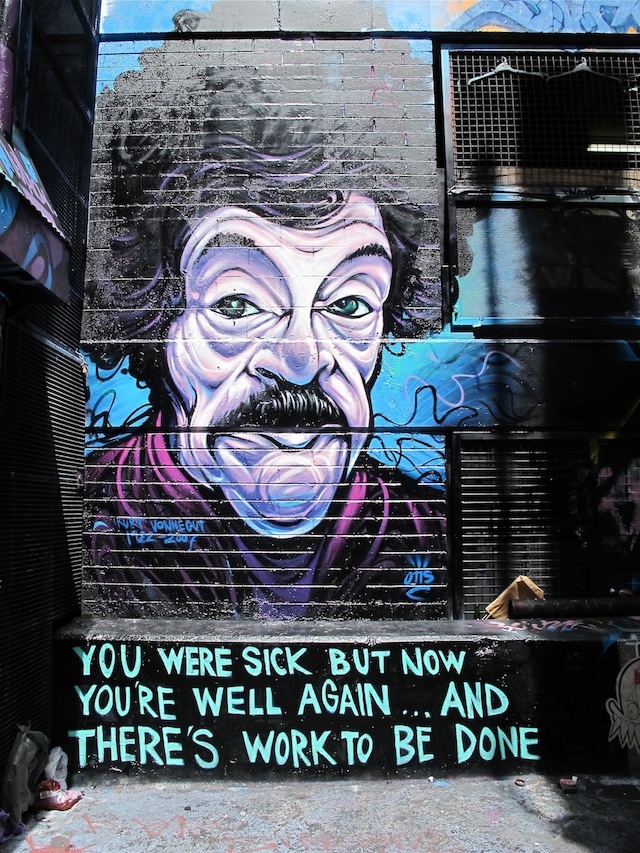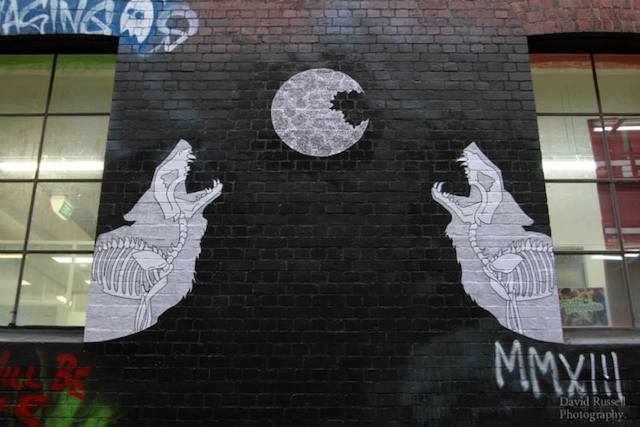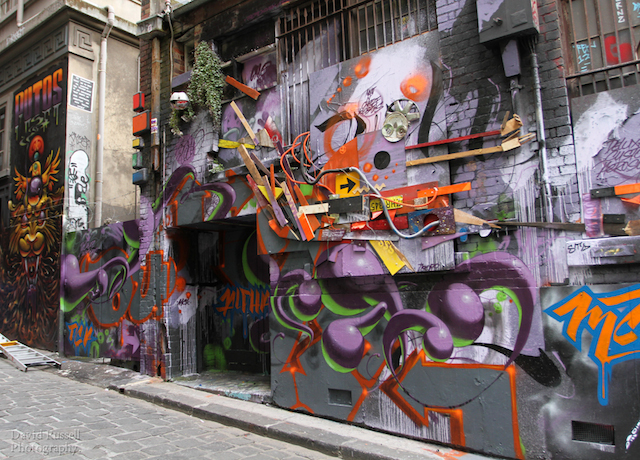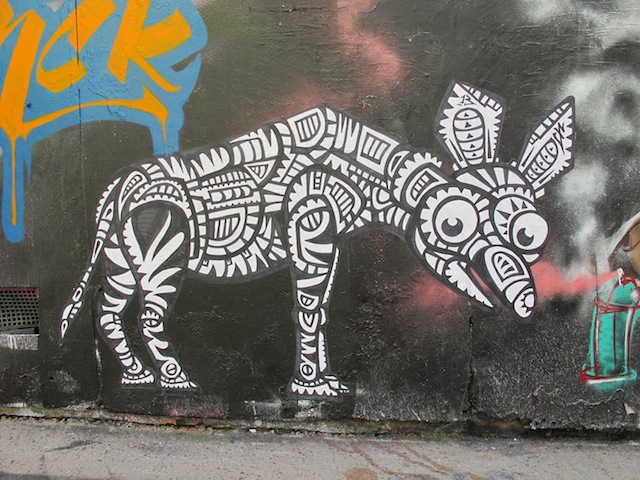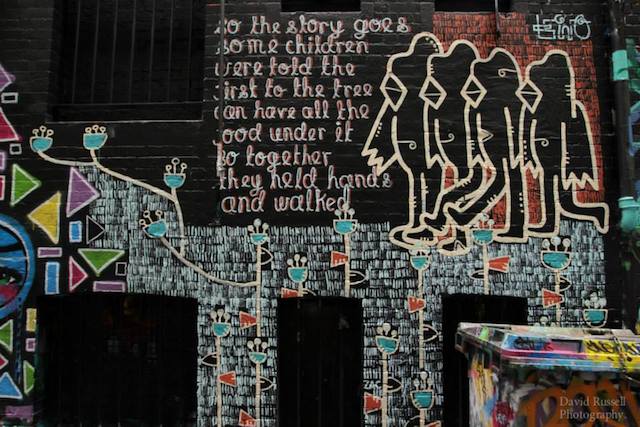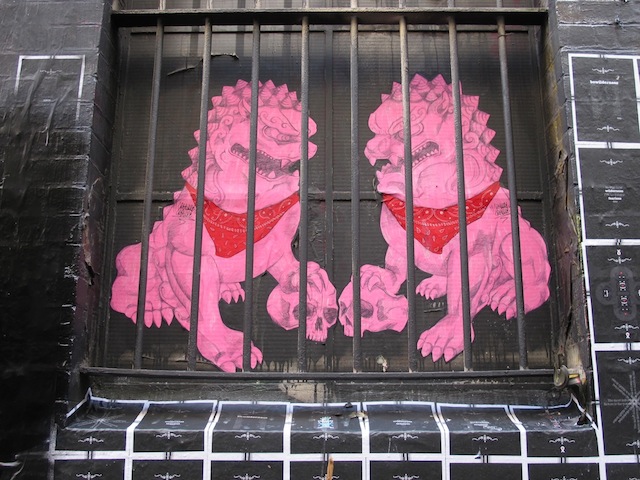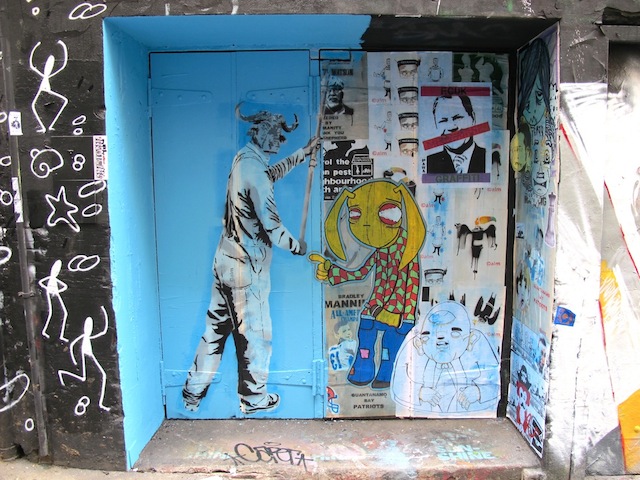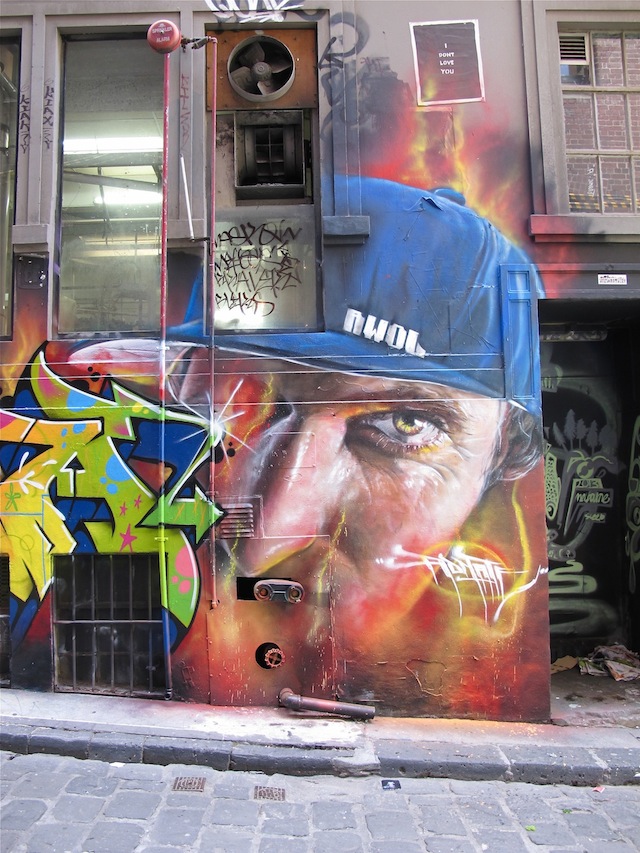
Geoff Hargadon of Cash For Your Warhol fame has a show of new work open now at Gallery Kayafas in Boston. I love Geoff and his work, so it’s great to see him take things further and introduce totally new work with this show, Warhol Coming Soon. You can head over to The Boston Globe to read about some of the new directions that are introduced in this show, because I want to focus on how the Cash For Your Warhol project is being extended.
In case you’re unfamiliar, here’s how Cash For Your Warhol works: For years, Geoff has been placing signs and stickers around the country with the phrase “Cash For Your Warhol” followed by a phone number. The signs emulate the CASH FOR GOLD or CASH FOR YOUR HOUSE signs that are so ubiquitous on telephone poles across the USA.

People really have called up that phone number, some to complain or ask what the hell the sign is about, and other to try and sell their Warhol’s. For this show, Geoff has transcribed some of the best voicemails of the Cash For Your Warhol inbox and made them into wall plaque sculptures like something Jenny Holzer might produce.

Street artists don’t always have great opportunities for feedback on their work, and of course even gallery artists have limited opportunities for feedback because honest responses are just hard to come by, but Geoff doesn’t have that problem. In the street art world, I think many of us like to believe that most street art improves streets and that people love it. And that may often be the case, but sometimes it pisses people off or just confuses them. In what I imagine was an unintended consequence of the Cash For Your Warhol Project, these plaques give a bit of insight into the complex relationship that street art has with the general public.

And of course, there’s also signs of the project’s impetus: A depressed economy and the transformation of art into a luxury good and an investment opportunity.

So yeah, I’m really digging these plaques. You can see them yourself in person at Gallery Kayafas in Boston at Geoff Hargadon’s show Warhol Coming Soon, open now through March 1st.
Photos by Geoff Hargadon

